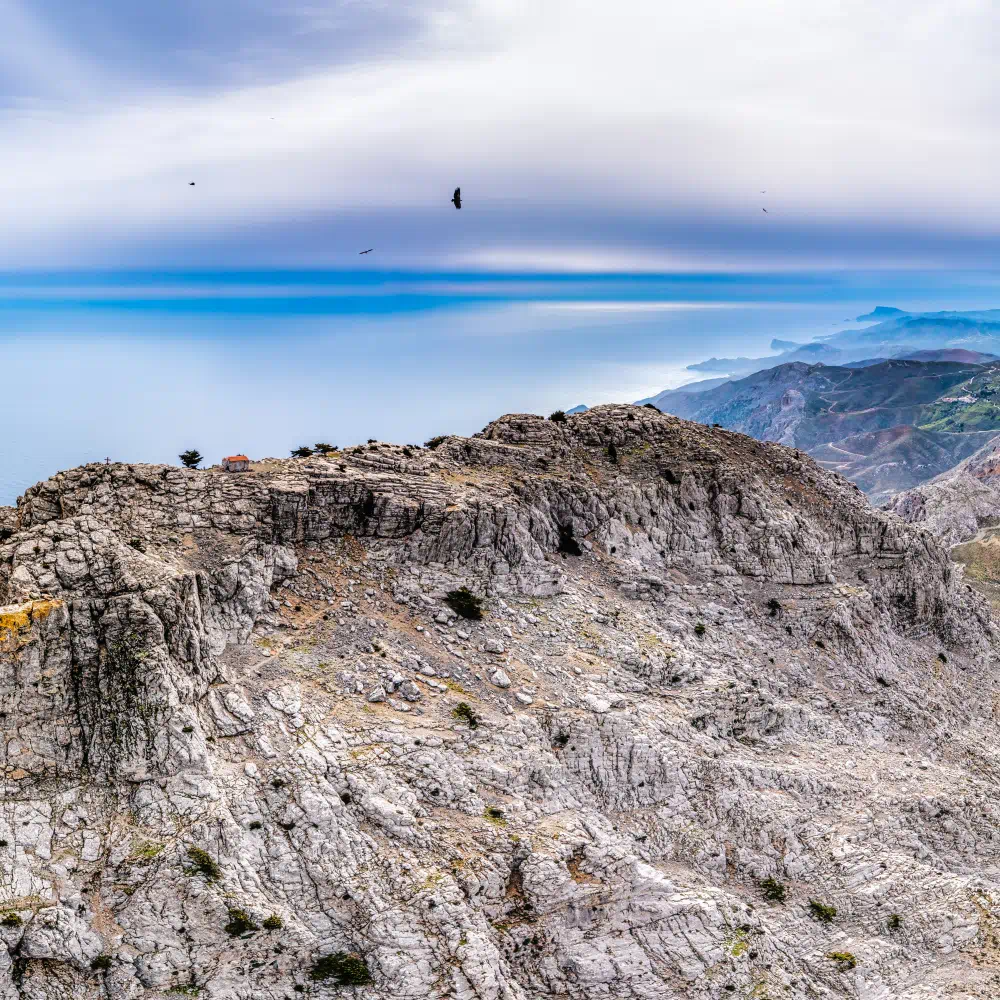
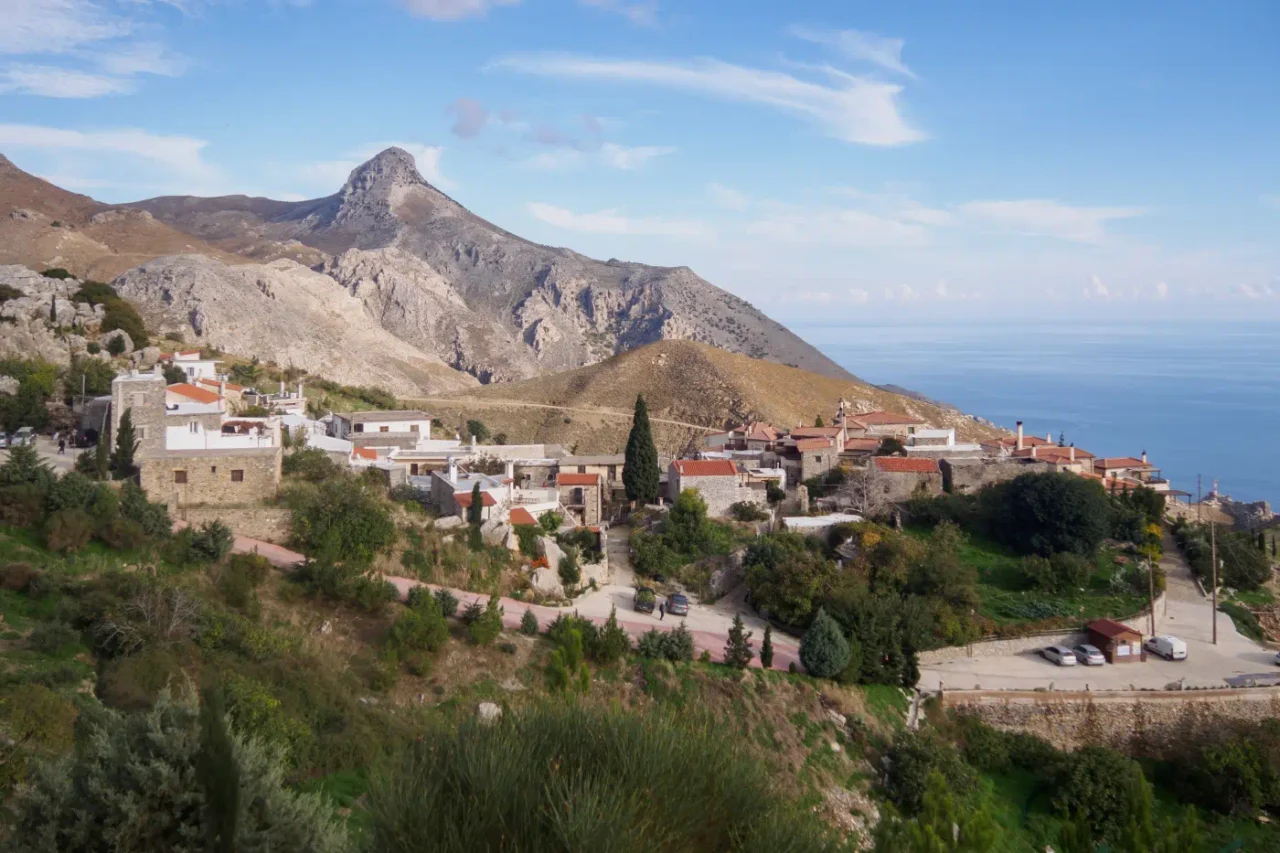
Kofinas Peak Sanctuary: A Beacon of Minoan Civilization in the Asterousia Mountains
Kofinas, the highest peak in the Asterousia mountain range of southern Crete, holds a significant place in Minoan archaeology and cultural heritage. Rising prominently above the Mesara Plain and the Libyan Sea, Kofinas was not merely a geographical landmark but a focal point of religious activity during the Bronze Age. The peak sanctuary established there offers valuable insights into Minoan religious practices, societal structures, and the intricate relationship between humans and the natural world.
A Sacred Destination
Kofinas peak sanctuary, situated at Metzolako, just north of the summit, flourished during the Middle Minoan III period (MM III) or the early Neopalatial period (1700-1580 BC). Excavations conducted by archaeologists N. Platon and K. Davaras in 1961, and later completed by A. Karetsou and G. Rethemiotakis in 1990, have unearthed a wealth of artifacts that shed light on the sanctuary’s significance. These artifacts include pottery, figurines, pebbles, bronze tools, offering tables, bronze figurines, and even gold beads. The diversity and richness of these findings underscore the importance of Kofinas as a major religious center in southern Crete.
A Network of Sacred Sites
Kofinas peak sanctuary was not an isolated entity but part of a broader network of peak sanctuaries across Crete. These sanctuaries were strategically located on elevated points, often with intervisibility, suggesting a shared religious landscape and possibly a degree of ritual unity that transcended political boundaries. The distribution of peak sanctuaries across the island reflects the complex interplay of environmental, cultural, and political factors in Minoan Crete.
Archaeological Discoveries
The archaeological finds from Kofinas are both abundant and diverse. Over 3,000 fragments of anthropomorphic figurines have been cataloged, predominantly depicting male figures. These figurines, often adorned with belts, loincloths, and distinctive headwear, offer glimpses into Minoan attire and social roles. The presence of numerous boxing gloves among the artifacts has led to the association of Kofinas with the sport of boxing, suggesting that the sanctuary may have been a site for ritualistic combat or athletic competitions with religious connotations.
Ritual Practices and Offerings
The peak sanctuary at Kofinas was a site of diverse ritual practices. The presence of offering tables, animal figurines, and miniature vessels suggests that offerings of food and liquids were common. The discovery of bronze tools and weapons, along with evidence of fire pits, hints at more complex rituals, possibly involving animal sacrifice or ceremonial burning. The abundance of pebbles, often found in association with votive offerings, may have served as symbolic representations of the worshippers themselves or as tokens of their devotion.
Significance in the Minoan Cultural Landscape
Kofinas peak sanctuary played a pivotal role in the Minoan cultural landscape. Its elevated location provided a commanding view of the surrounding region, including the Mesara Plain and the Libyan Sea. This strategic positioning may have had both religious and political implications, allowing the sanctuary to serve as a beacon of Minoan civilization and a symbol of control over the surrounding territory. The sanctuary’s proximity to the sea also suggests a connection to maritime activities and trade, as evidenced by the discovery of miniature boat models among the artifacts.
Conclusion
Kofinas peak sanctuary stands as a testament to the rich cultural and spiritual life of Minoan Crete. Its archaeological treasures, diverse ritual practices, and strategic location offer a window into the complex interplay of religion, society, and the natural world in this ancient civilization. As research continues, Kofinas will undoubtedly yield further insights into the mysteries of Minoan culture and its enduring legacy in the Mediterranean world.
Archaeological Site: Key Points
- Construction Period: Middle Minoan III period (MM III) or the early Neopalatial period (1700-1580 BC)
- Location: Metzolako, north of the summit of Kofinas peak in the Asterousia Mountains, southern Crete
- Historical Significance: Major Minoan peak sanctuary, center of religious activity, potential site for ritualistic combat or athletic competitions, possible landmark for maritime navigation
- Current Status: Excavated and partially restored, open to visitors
Parking available,
Recommended!
In particular, it is 1 hour and 20 minutes from the city of Heraklion. The last 30 minutes is a dirt road with many turns (ideally 4X4). The car goes to the end of the road with relative ease. A few more routes are to go to Kapetaniana or Paranymphos and then through a rural road to find yourself in Kofina. After leaving the car, there is an ascent of about 15 minutes (difficulty 3/10, in some places it is acrophobic with a difficulty of 7/10 for people with issues of heights and others). Be careful where you step and birds of prey (if you have very young children with you or pets).
The peak of Kofina has an altitude of 1231 meters, on the southern slopes is the green forest of Koudoumas, while in the north the landscape is bare and dry with phenomena of overgrazing. In Kofina, some of the rarest flora and fauna coexist, while the only human intervention beyond the path is the small church, which is perfectly in harmony with the natural landscape.
The wider area of Asterousia should be one of the most important geoparks in the world, just like the southern part of Chania.
They are included in the world network of UNESCO reserves and in the NATURA 2000 network.













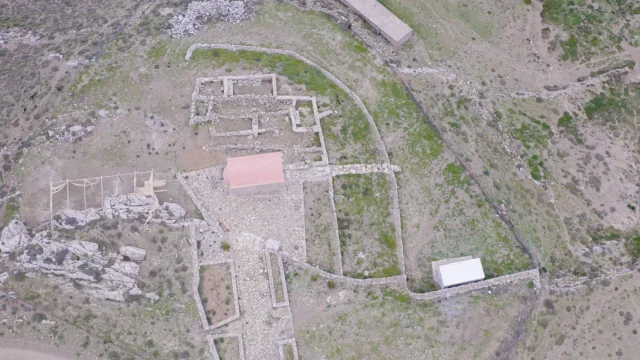


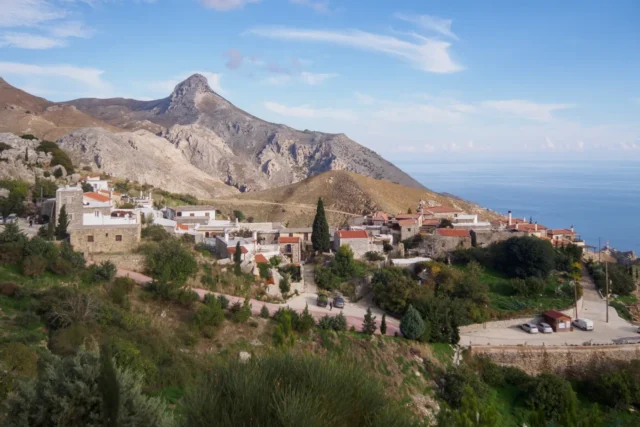

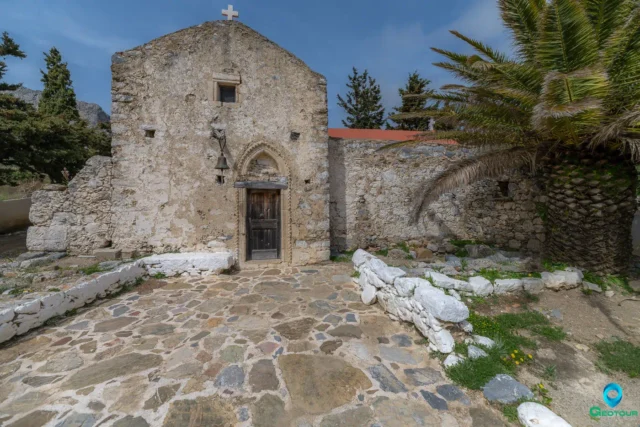
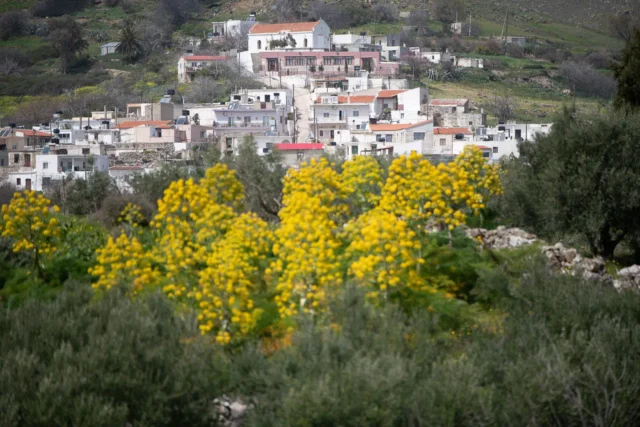
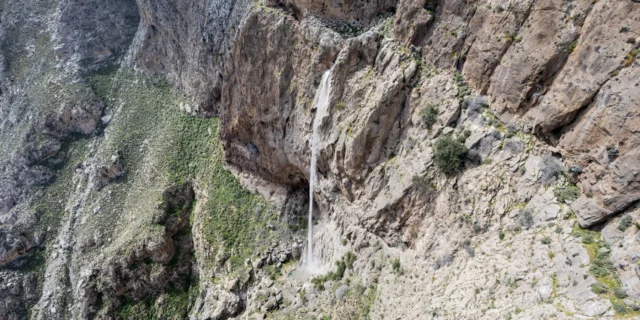


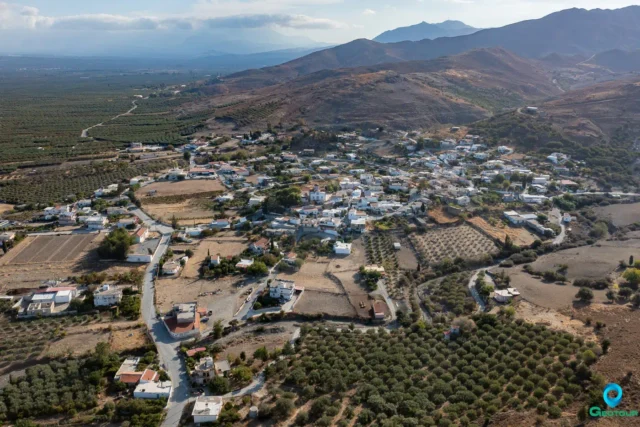

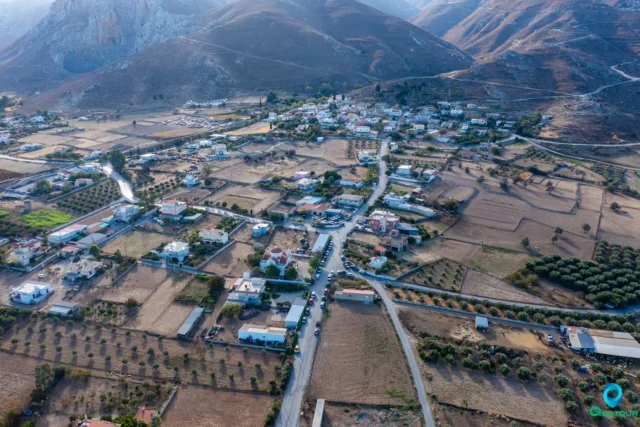
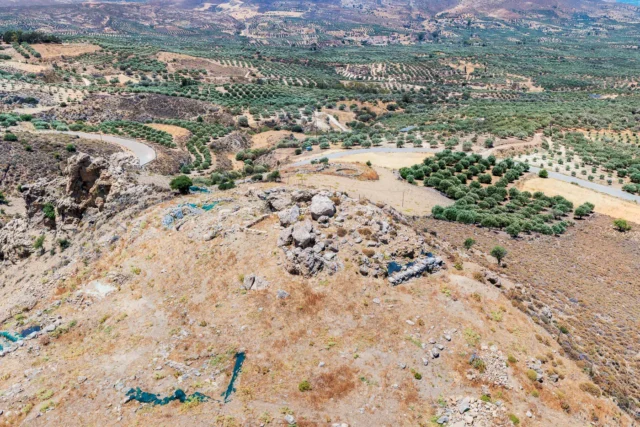
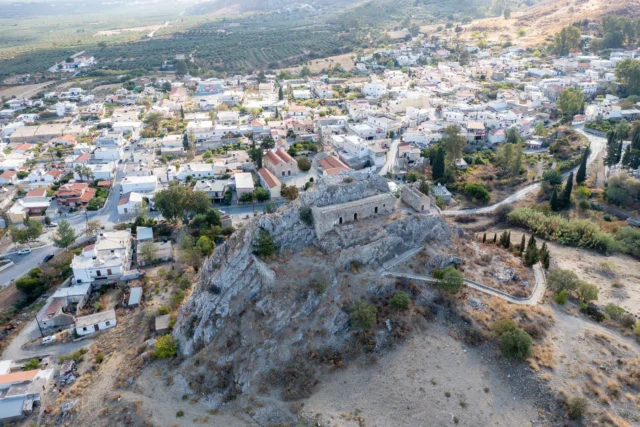
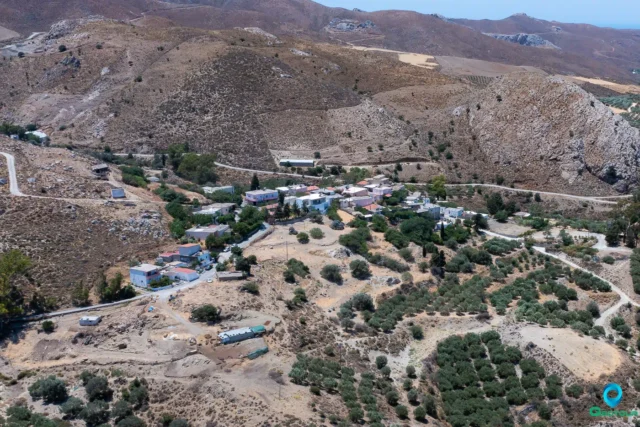
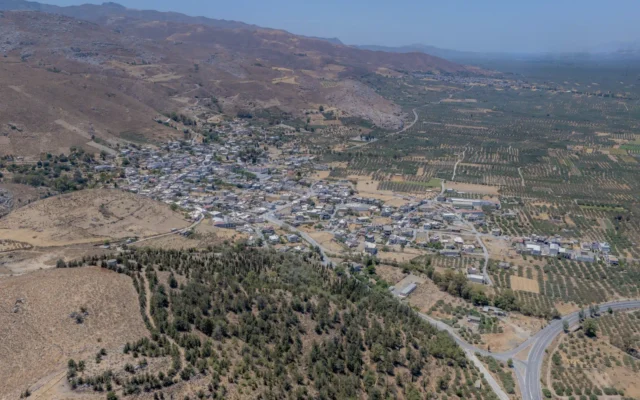

There are no comments yet.